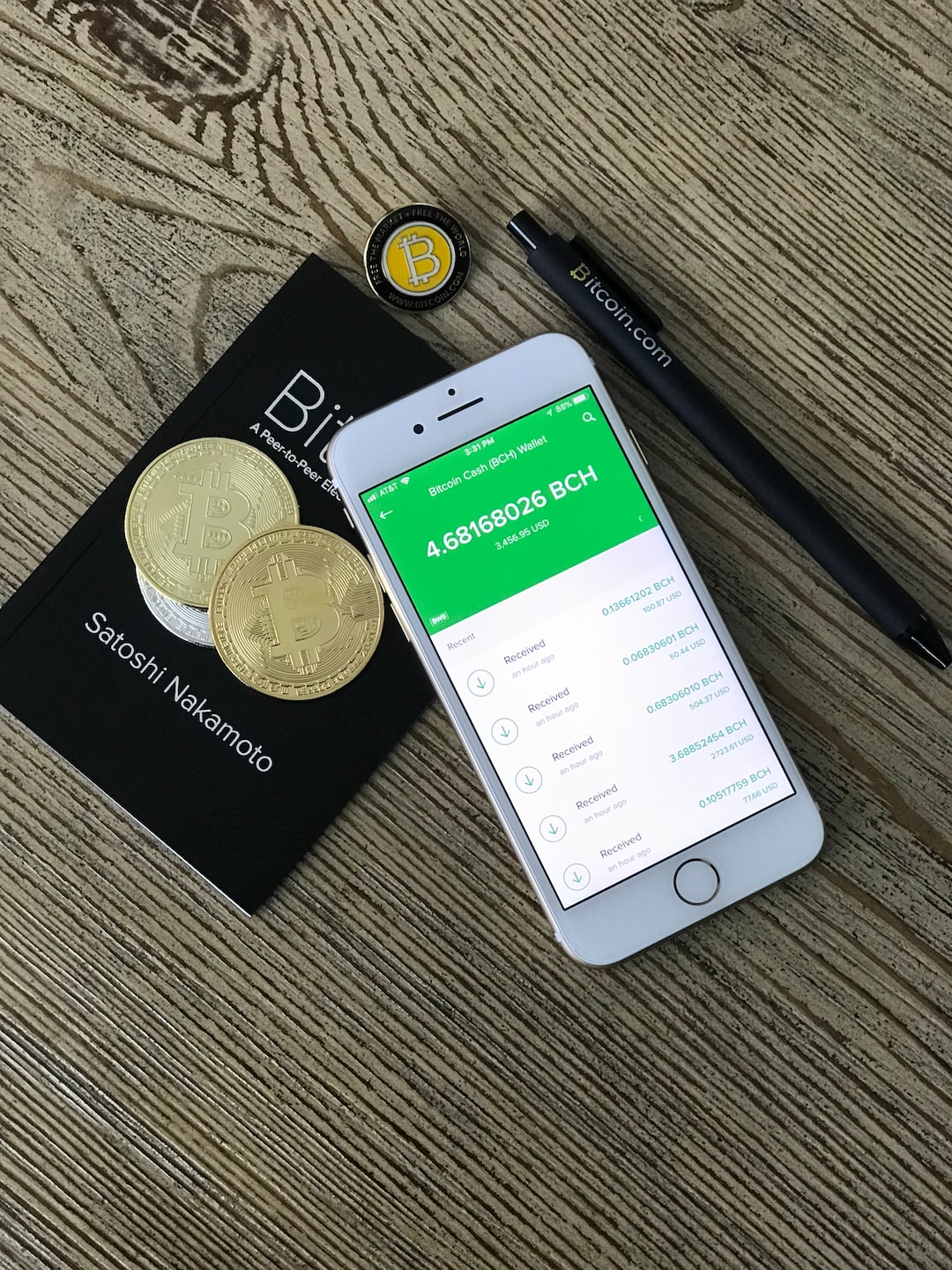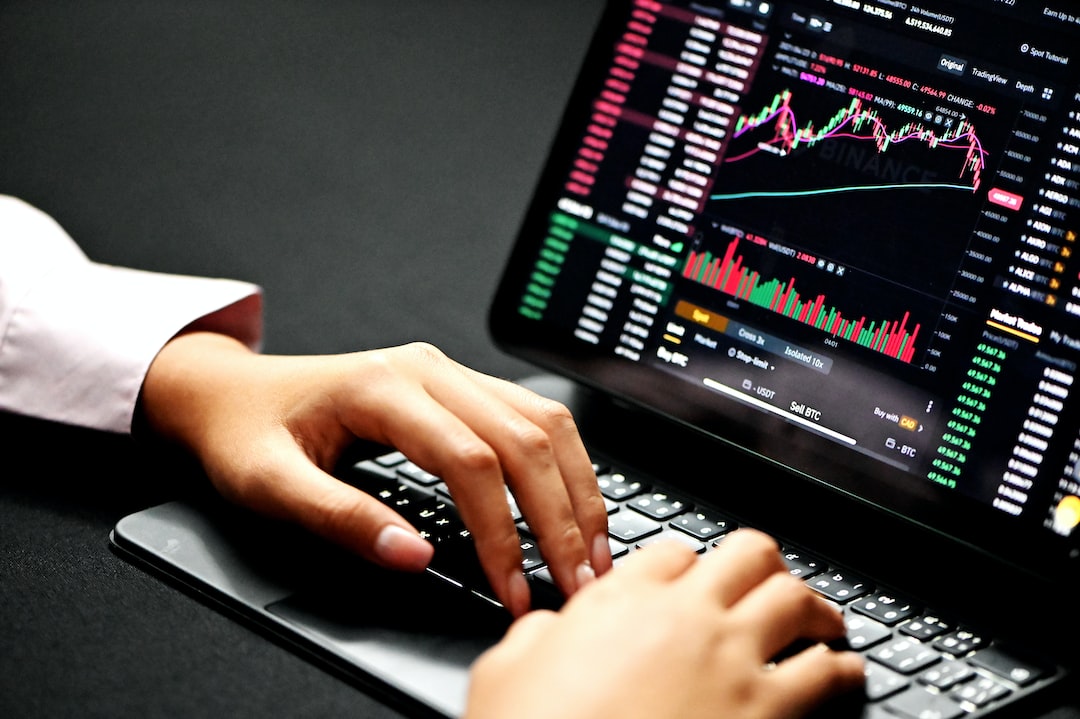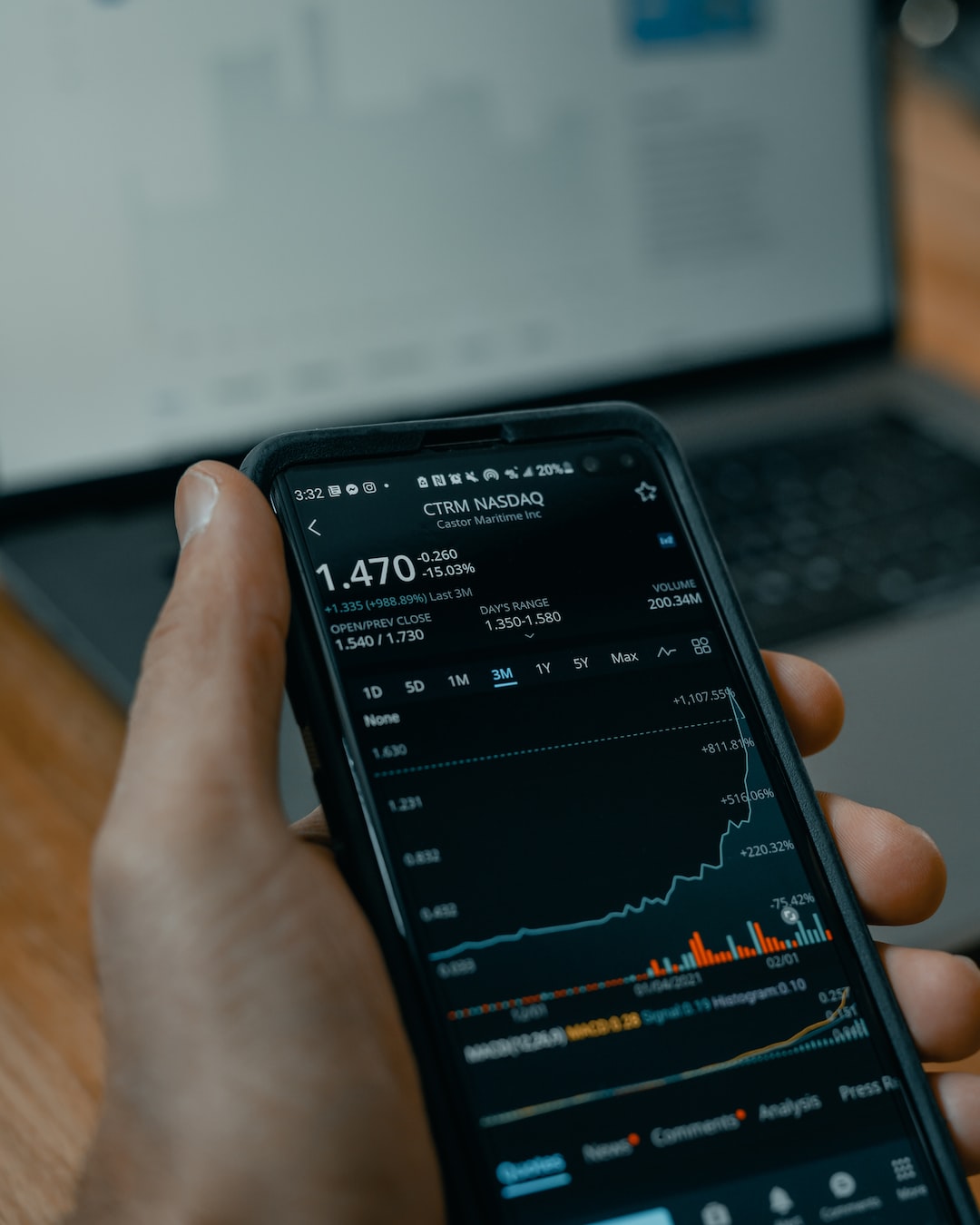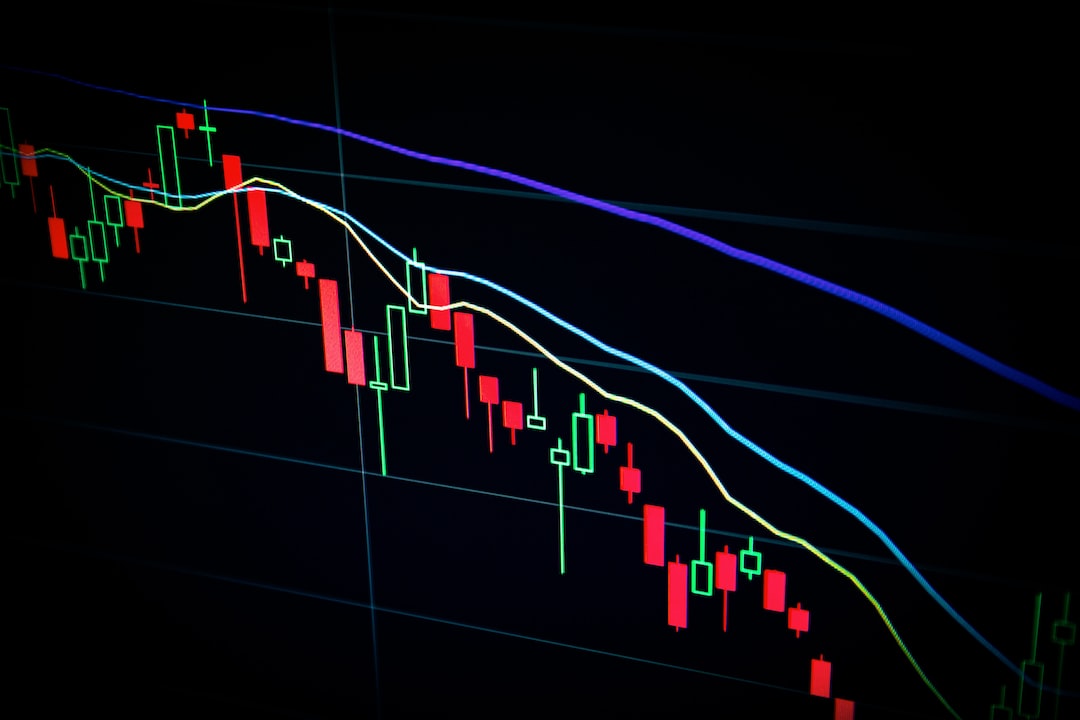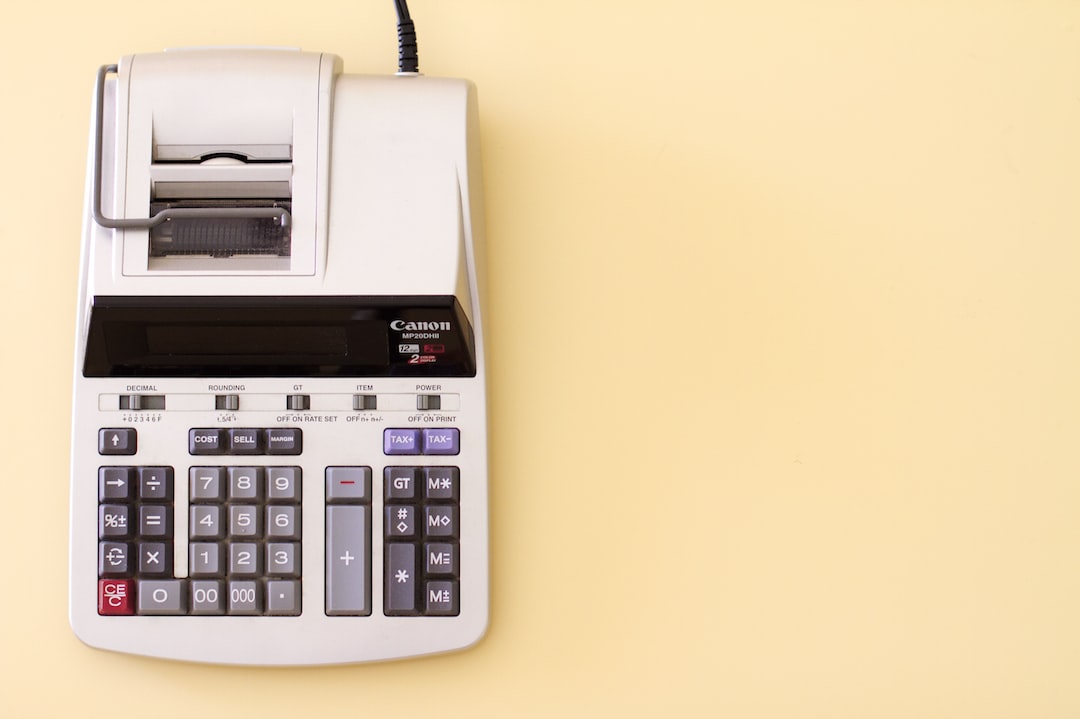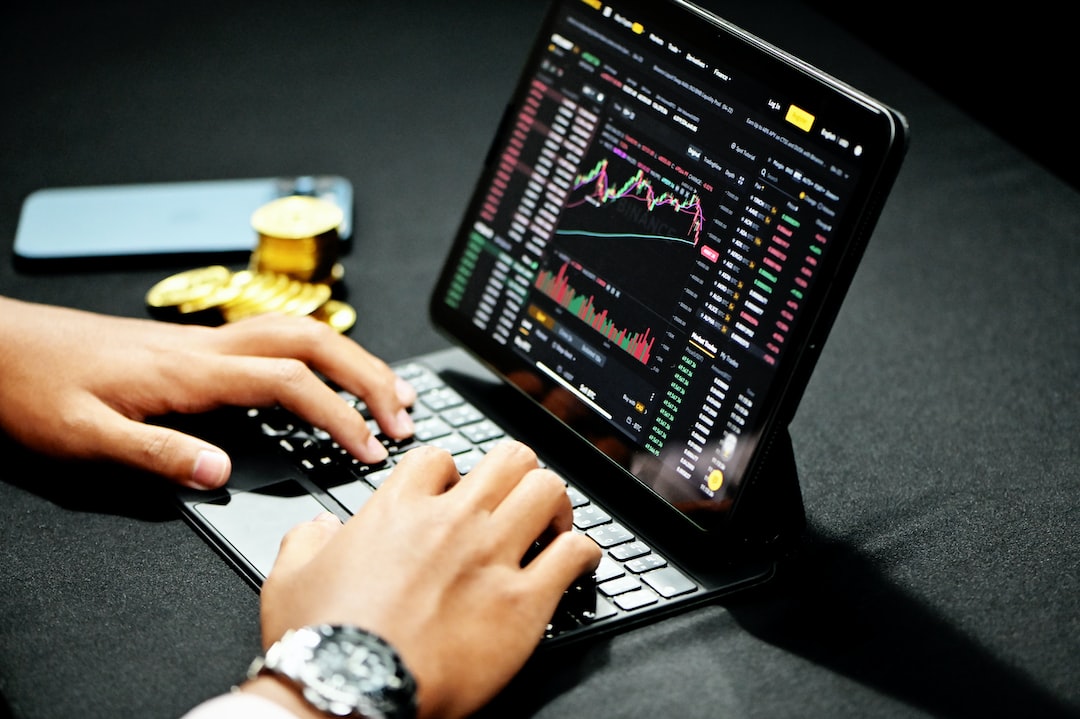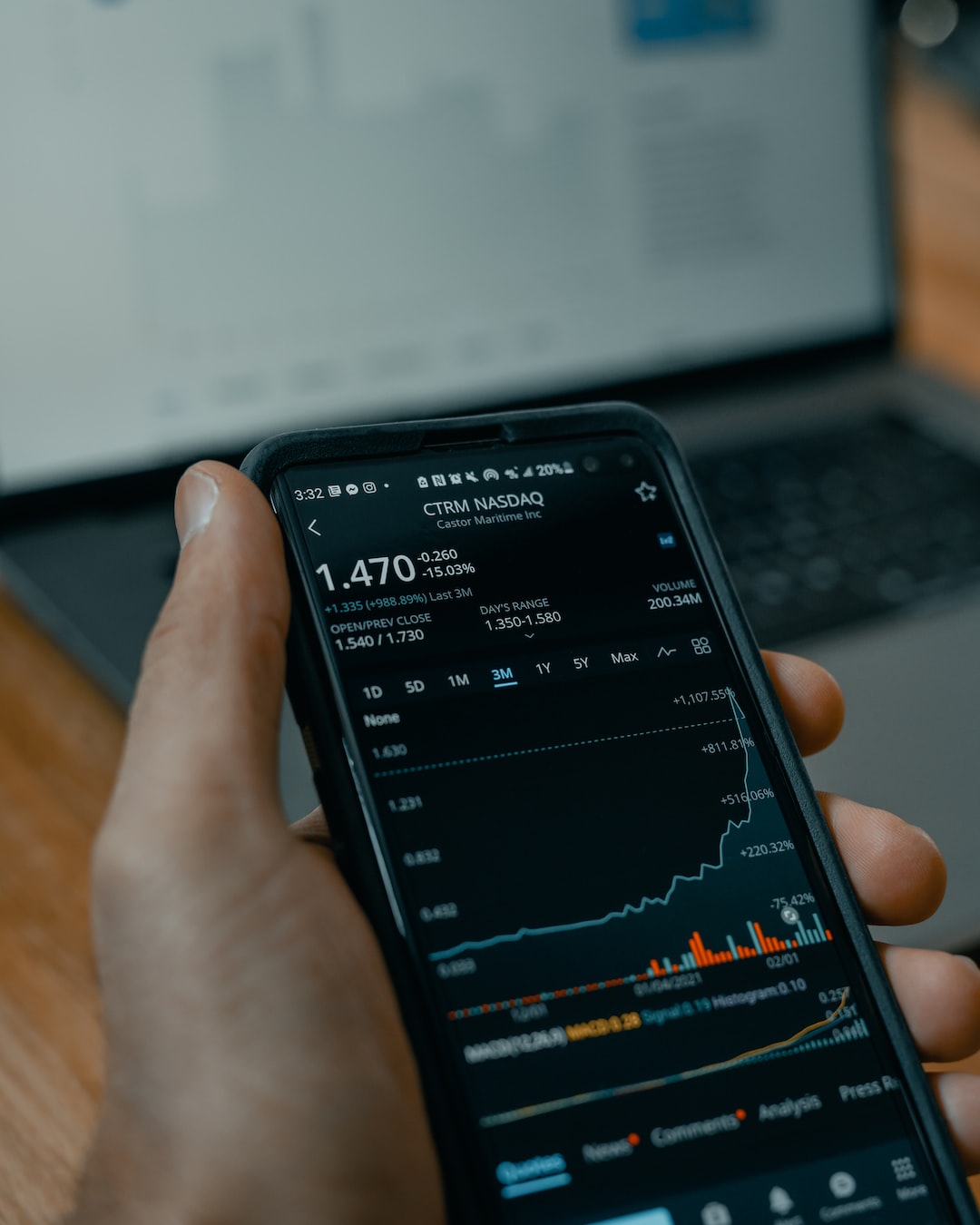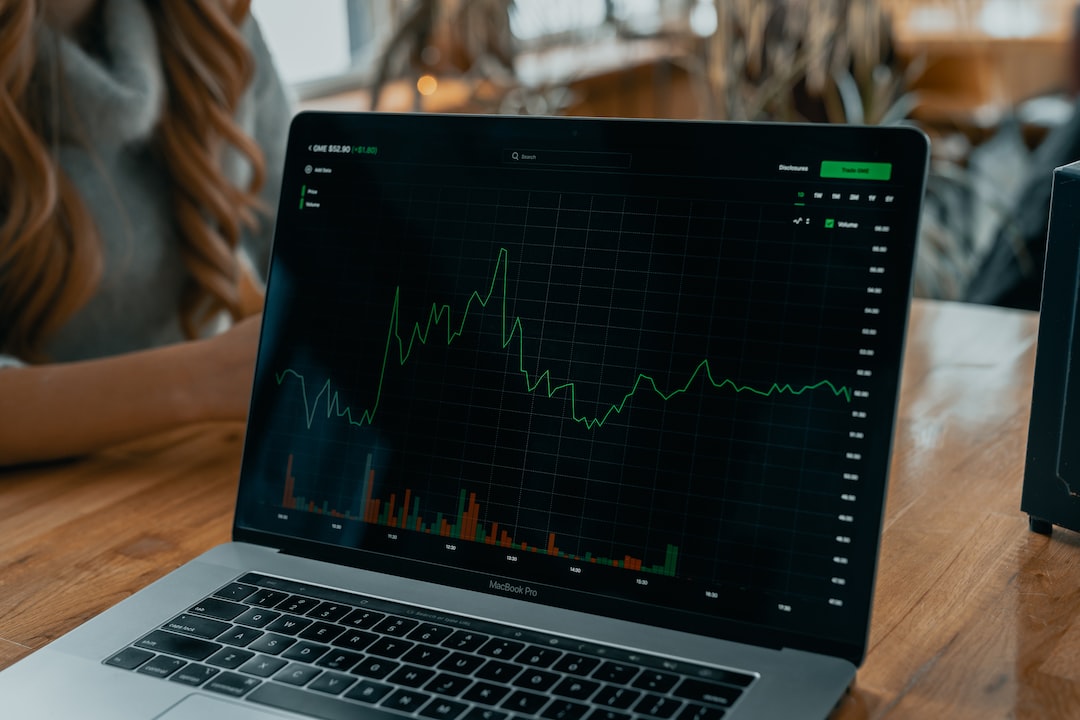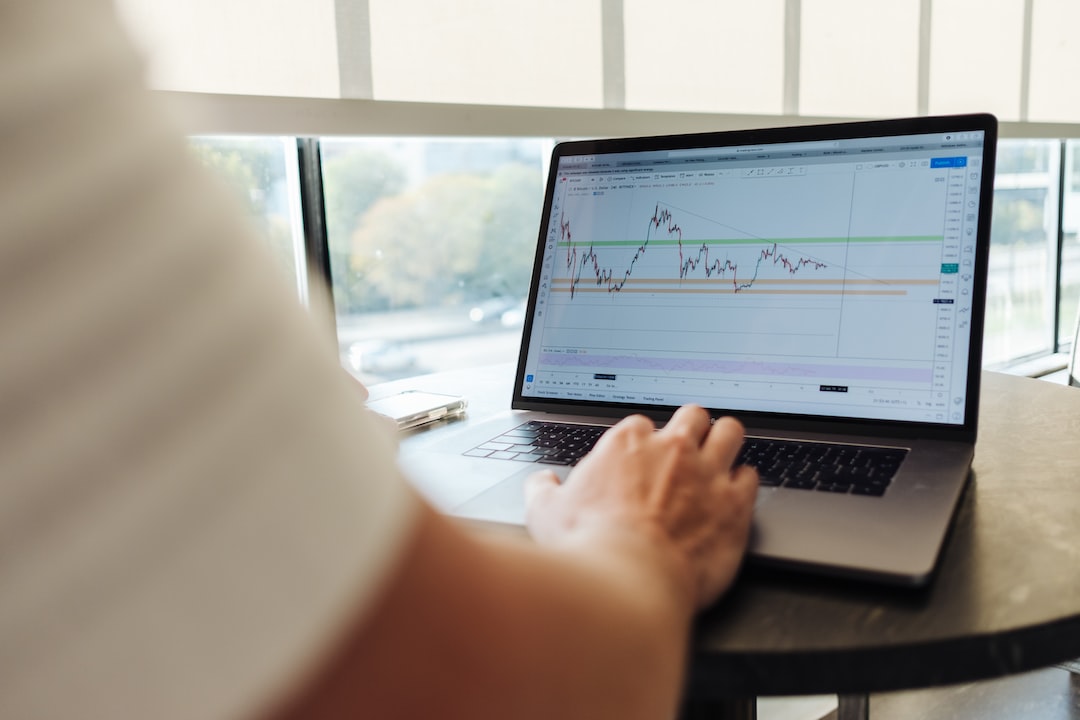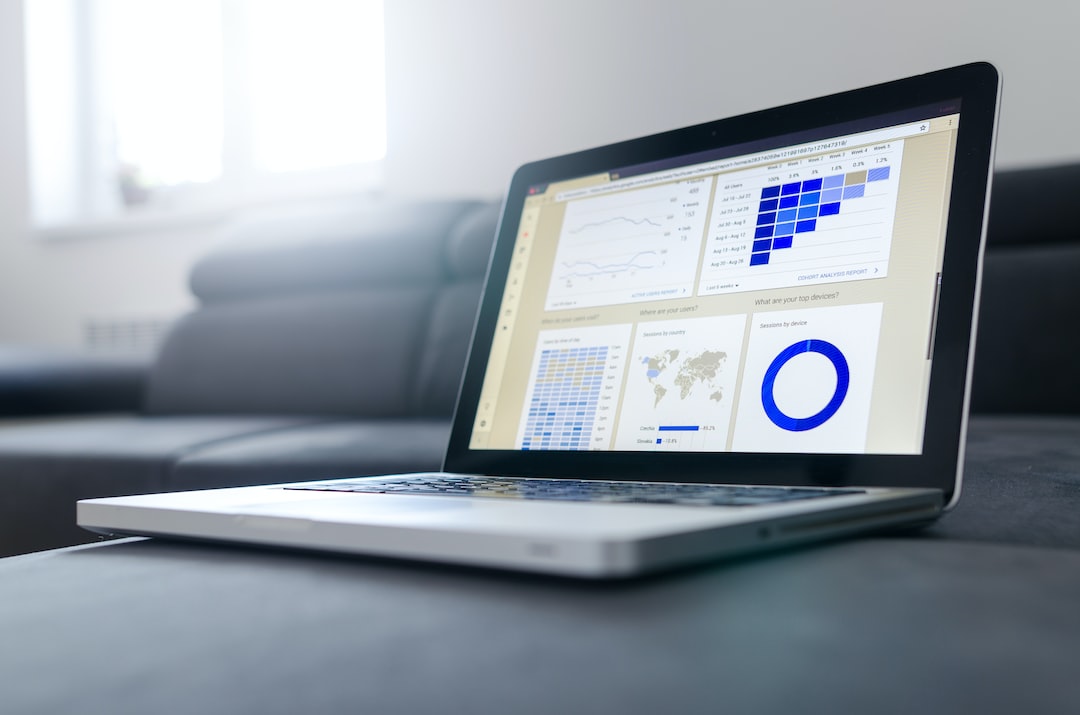Maximizing Profit: When to Hold vs When to Sell in Forex Trading
Forex trading can be a highly rewarding venture if approached with the right strategies and mindset. One of the most crucial decisions traders face is determining when to hold onto a position and when to sell. Making the right choice can significantly impact your profit potential and overall success in the forex market. In this article, we will explore the key factors that influence the decision to hold or sell in forex trading, helping you maximize your profits.
Understanding Market Trends
One of the primary factors to consider when deciding whether to hold or sell a forex position is the current market trend. Markets are constantly moving, and identifying trends can give you valuable insights into whether to continue holding a position or exit it.
During an uptrend, where prices are consistently moving upwards, it is often beneficial to hold onto a position as there is a higher probability of further gains. Traders can utilize technical analysis tools such as moving averages, trendlines, and oscillators to identify and confirm the trend. By doing so, they can ride the upward momentum and potentially maximize their profits.
On the other hand, during a downtrend, where prices are consistently moving downwards, it may be wise to consider selling the position to avoid further losses. Holding onto a position in a downtrend can be risky, as the market sentiment is negative, and prices are expected to continue declining. Recognizing the trend early on and taking appropriate action can help protect your capital and prevent substantial losses.
Utilizing Stop Loss and Take Profit Orders
Stop loss and take profit orders are essential tools that traders can use to manage their risk and maximize their profit potential. A stop loss order allows you to set a predetermined level at which your position will automatically be sold, limiting your potential losses. On the other hand, a take profit order enables you to set a target price at which your position will be sold, securing your profits.
When deciding whether to hold or sell, it is crucial to consider your predetermined stop loss and take profit levels. If the market reaches your take profit level, it may be a signal to sell and secure your profits. Similarly, if the market reaches your stop loss level, it may be wise to sell and minimize your losses.
However, it is important to note that setting appropriate stop loss and take profit levels requires careful analysis and consideration. Placing them too close to the current market price may result in premature exits and missed profit opportunities. Conversely, setting them too far apart may expose you to significant losses. Finding the right balance is essential to maximize your profit potential.
Analyzing Fundamental Factors
In addition to technical analysis, fundamental factors play a significant role in forex trading decisions. Fundamental analysis involves studying economic indicators, news events, and geopolitical developments that can impact currency prices. By staying informed about these factors, traders can make more informed decisions about when to hold or sell a forex position.
For example, if there is positive economic data indicating a strong economy, it may be beneficial to hold onto a position as the currency is likely to appreciate. Conversely, negative economic data or geopolitical tensions may prompt selling as the currency is expected to weaken.
It is important to stay updated with relevant news and events that may impact the currency pairs you are trading. Utilizing economic calendars and news platforms can provide valuable insights into potential market movements and help you make more informed decisions.
Psychological Factors
Lastly, psychological factors play a critical role in determining when to hold or sell in forex trading. Greed and fear are two emotions that can cloud judgment and lead to poor decision-making.
Greed can tempt traders to hold onto a winning position for too long, hoping for even higher profits. However, markets are unpredictable, and prices can reverse quickly. It is essential to set realistic profit targets and stick to your trading plan to avoid falling into this trap.
Fear, on the other hand, can cause traders to sell prematurely out of panic, missing out on potential profits. It is important to trust your analysis and have confidence in your trading strategy. Emotional discipline is crucial for successful forex trading.
In conclusion, maximizing profit in forex trading requires careful consideration of various factors. Understanding market trends, utilizing stop loss and take profit orders, analyzing fundamental factors, and managing psychological influences are all essential components of making informed decisions about when to hold or sell a forex position. By applying these strategies, traders can increase their profit potential and achieve long-term success in the forex market.










